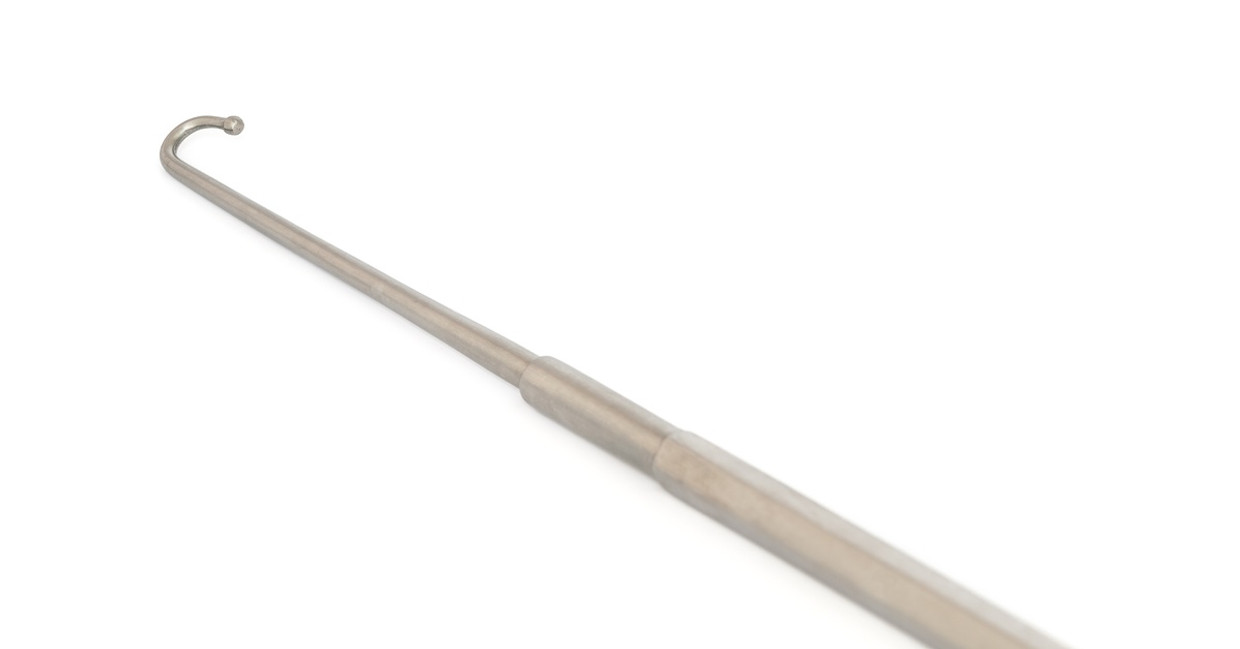Tips for Training Healthcare Professionals on Amnicator Use
Healthcare professionals require specialized training to effectively use Amnicators—these items are sterile fluid indicator swabs designed for testing amniotic fluid presence. Comprehensive training is the best way to guarantee accurate results and quality patient care during labor and delivery. We’ll provide helpful tips for training healthcare professionals on Amnicator use.
How To Prepare for Amnicator Training
Facilities must establish comprehensive preparation protocols before conducting hands-on training sessions, . First, training coordinators should review facility policies regarding amniotic fluid testing. Once those rules are in place, training sessions can begin.
Create a controlled learning environment with adequate lighting and workspace for each trainee. Gather training materials, including Amnicator samples, educational handouts, and visual aids. Schedule training sessions during slow work periods to minimize interruptions and maximize learning retention. When employees aren’t juggling numerous tasks, they can focus solely on the training session.
Staff preparation involves reviewing basic anatomy and physiology related to amniotic membranes. Trainees should understand the difference between amniotic fluid and other vaginal secretions before proceeding with practical instruction.
Step-by-Step Guide to Using Amnicators
Healthcare professionals must master the fundamental technique for administering an Amnicator. Begin training with proper hand hygiene protocols and sterile technique principles that apply to all amniotic fluid testing procedures.
Demonstrate the correct method for opening sterile packaging to prevent contamination of the swab. Show trainees how to hold the Amnicator swab properly. Be sure to mention that they must maintain sterility throughout the collection process. Emphasize gentle insertion techniques that minimize patient discomfort while ensuring adequate sample collection.
Teach the proper swabbing motion for collecting vaginal fluid samples. Trainees should understand the importance of collecting fluid from the posterior fornix area, where amniotic fluid typically pools. Practice the timing requirements for reading color changes, as Amnicators produce rapid results within seconds of contact with amniotic fluid.
Visual interpretation skills require focused attention during training. Healthcare professionals must learn to distinguish between positive and negative results based on color changes indicated in the manufacturer’s guidelines. Practice sessions should include various scenarios with different fluid types to build confidence in result interpretation.
Best Practices for Amnicator Implementation
Successful Amnicator use depends on consistent adherence to established protocols. Healthcare professionals should accurately document all test results and promptly communicate the findings to supervising physicians or midwives.
Quality assurance measures include regular competency assessments and refresher training sessions to ensure ongoing proficiency. Facilities should track test accuracy rates and provide additional training when needed. Storage requirements for Amnicators must follow manufacturer specifications to maintain product integrity.
Patient communication represents another critical aspect of Amnicator training. Healthcare professionals should explain the testing procedure to patients, addressing any concerns while maintaining a professional demeanor throughout the process. Clear communication helps reduce patient anxiety and improves cooperation during testing.
Training programs should emphasize the limitations of Amnicator testing and when additional confirmation methods may be necessary. Healthcare professionals must also understand when to escalate findings to senior staff and how the results integrate with other clinical assessments.
Optimize Training Sessions With Quality Equipment
Comprehensive training medical professionals on Amnicator use build confidence and competency, ultimately improving patient outcomes in labor and delivery settings.
Healthcare facilities seeking dependable Amnicators and related testing supplies should explore the professional-grade options available from Cascade Health Care, where quality medical equipment meets the demanding standards of modern healthcare practice.
Recent Posts
-
Exploring Recent Innovations in Doppler Signal Processing
Doppler technology has become an essential diagnostic tool in modern medicine, enabling healthcare p
-
Exploring Recent Innovations in Doppler Signal Processing
Doppler technology has become an essential diagnostic tool in modern medicine, enabling healthcare p


